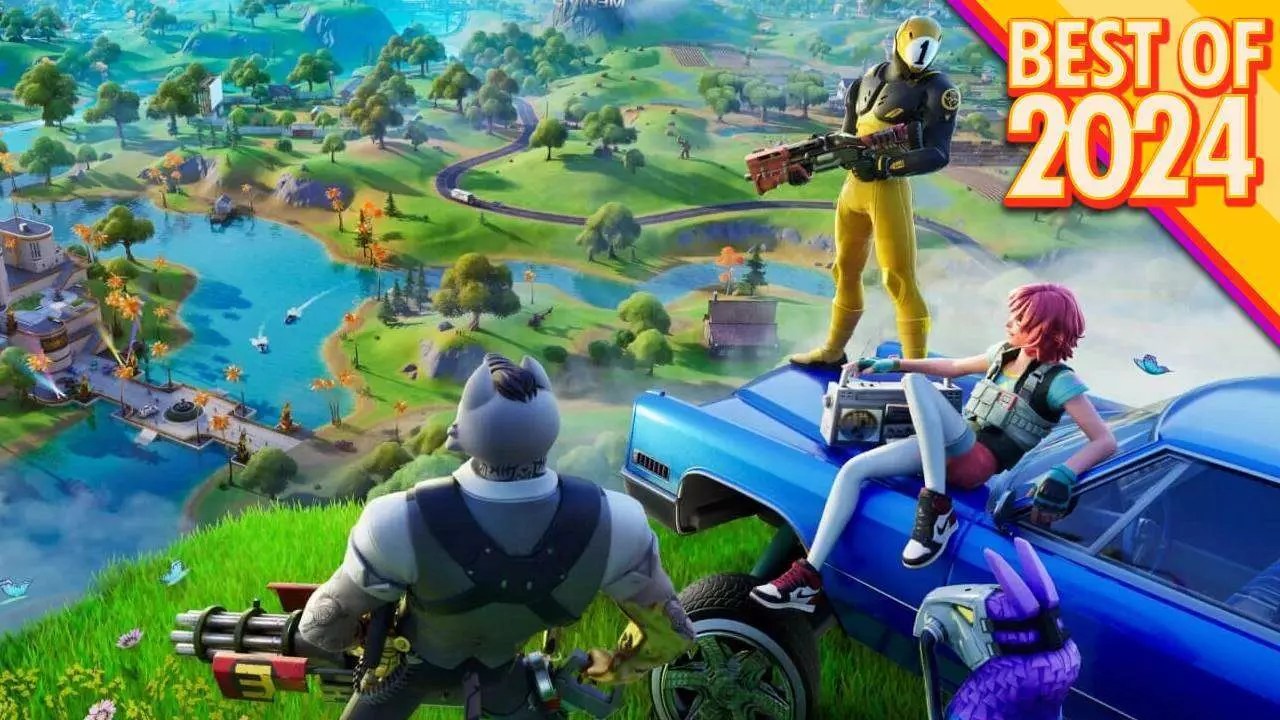In the dynamic universe of Fortnite, economic adjustments can ripple through the gaming community faster than one might expect. The year leading up to 2024 saw a significant inflationary trend within the game, originating primarily from Epic Games’ strategic pricing maneuvers. The introduction of higher V-Buck prices marked the beginning of a transformative phase for the in-game economy, altering the landscape of player purchasing behavior. This inflationary wave has not only raised costs but has also changed how players interact with the item shop, raising concerns about accessibility and overall satisfaction.
One of the most noticeable changes in Fortnite’s item shop approach is the decision to limit the release of collaboration skins. Previously, these skins often allowed for extensive customization, attracting fans of various franchises. However, as Chapter 5 Season 4 unfolded, Epic opted for a more streamlined release strategy. Out of 21 new non-Icon collaboration skins, a mere three offered any degree of customization—primarily through toggleable features rather than distinct separate styles. This trend suggests that players are now receiving less value for their investments, leading to frustration among loyal fans who may feel shortchanged.
In contrast to past practices where additional styles would be included with existing purchases, Epic has shifted towards a model that monetizes customization. The Platinum Festival skins exemplify this shift, pushing recolors of existing skins for higher prices. This tactic dilutes the perceived value of collecting skins, prompting many to reconsider their purchases before committing to additional V-Bucks expenditure.
Moreover, Epic’s bundling practices have evolved, creating additional hurdles for players interested in collaboration skins. Rather than offering individual purchase options, many skins are bundled with accessories, leading to inflated prices. While this bundling strategy was uncommon in 2023, it became a regular occurrence in 2024, with reports of at least 30 instances of this approach. The substantial price increase, evident in bundles that now range from 3400 to 3800 V-Bucks, raises questions about fairness in pricing and accessibility for players.
These changes contrast starkly with previous values, where bundles maxed out at 2800 V-Bucks. This inflation reflects a broader trend within gaming where monetization tactics can often lead to disillusionment among passionate fanbases. Players are now faced with the dilemma of choosing between spending more money or forgoing the chance to acquire coveted items.
Despite the pervasive inflation and shifts in pricing models, there are glimmers of hope for Fortnite players. By December 2024, Epic Games has shown signs of reassessing some of these strategies, hinting at a potential retreat from the heightened pricing structures that characterized the earlier months of the year. This could signal a renewed commitment to player satisfaction and community engagement, suggesting that player feedback may still hold sway in Epic’s long-term strategies.
As the Fortnite community continues to navigate these changes, it’s clear that the evolving landscape of in-game economics demands careful attention from both players and developers. Balancing profitability with consumer satisfaction will be key to sustaining the vibrant world that Fortnite has cultivated over the years.


Leave a Reply